Industrial Robots Automating Soldering
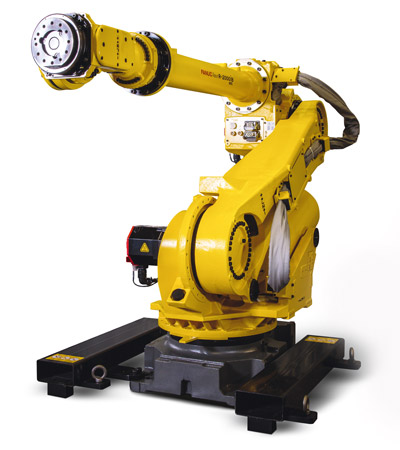
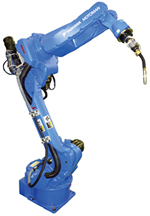
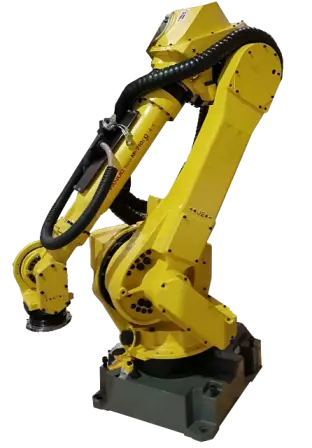
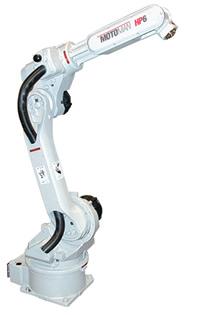
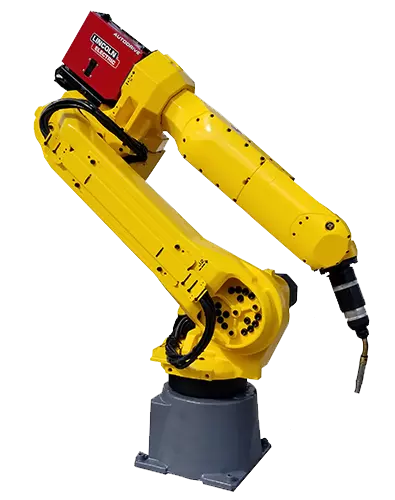
Soldering is a joining process that is commonly used in manufacturing in a wide variety of industries. It involves joining different types of metals together by melting solder, a filler metal, into the joint. Solder is usually comprised of tin or another alloy with a low melting point. Soldering is different from welding since the workpieces are not melted only the solder. This is a highly skilled process that until recently was exclusively done by hand. However, now manufacturers are automating their soldering applications with industrial robots.
Industrial robots can be used to automate just about any soldering process in any industry. They are commonly used to automate iron tip, laser, and ultrasonic soldering. The automotive, aerospace, medical device, and electronics industries have been the biggest adopters so far for soldering robots. Soldering robots have been especially critical for medical device and electronics manufacturing. In these industries intricate, small components have made manual soldering nearly impossible. The FANUC Lr Mate 200ic can solder delicate parts without damaging or compromising them.
What Types of Industrial Robots can Automate Soldering?
There are three types of industrial robots capable of automating soldering applications. These include six-axis, cartesian, and SCARA robots. Six-axis robots are the most versatile so naturally they are capable of soldering automation. The FANUC Arcmate 100ic along with other six-axis robots are ideal for automating soldering applications with agile movements. However, many soldering applications can easily be automated by a lower DOF robot.Cartesian robots feature a grid system that allows them to move linearly. With fewer axes and no rotational movement, they are more rigid than other robots which makes them extremely accurate. Cartesian robots are best for automating more straightforward soldering processes.
Out of the three types of industrial robots, SCARA robots are the most common for soldering automation. The speed of the FANUC Sr-6ia combined with its precision is why SCARA’s are often used for soldering. There compact size makes them ideal for soldering small workpieces. However, larger parts will require either a cartesian or six-axis robot.
Why Automate Soldering?
Industrial robots can optimize your soldering application through their speed and accuracy. Soldering quality will increase and become more consistent while higher throughput can be achieved to meet consumer demands.Industrial robots are much faster than humans and can operate around the clock without stoppages. Automating soldering can significantly decrease cycle times. Cycle times are further sped up with the accuracy of industrial robots which mitigates errors and rework. Accuracy is especially critical for complex and intricate workpieces. The precision of robots ensures all workpieces are correctly soldered, eliminating defects that could compromise the entire product.
The accuracy of soldering robots will yield higher quality products. Not only will quality improve but it will also become consistent across all workpieces with the high repeatability of robots. Robots can replicate their work over and over without any deviations.
The faster speed, accuracy, and repeatability of robots will increase throughput. More workpieces can be soldered by a single Motoman MH6, allowing products to be completed at faster rates and reach consumers sooner. Manufacturers will able to meet consumer demands and continue to do so even as demand grows.